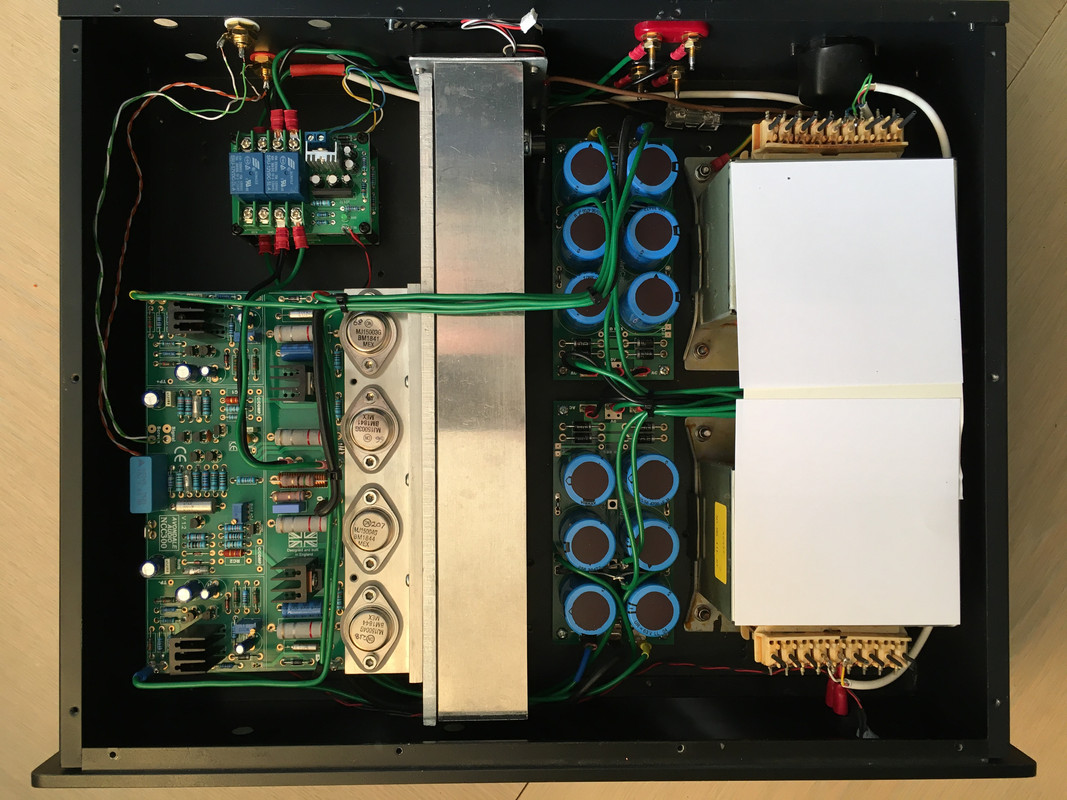Chops54
pfm Member
Thanks S-man. I understand that the resistor draws more current from the regs but I'm lost after that. Do I need to set the regs at 39 volts beforehand. I take it I'd measure the regulated voltage before and after connecting the resistor. Do I do both regs together or one at a time and does this have any effect on the components in the bias chain? I take it the output stage would be disconnected from its psu.
I have a scope but wouldn't have a clue how to put a square wave load across the rails. I envisage more smoke rising from my amplifier if I tried that I think it's time I learnt how to use thing properly but I'm afraid by the time I've done that I'll be finished with all this.
I think it's time I learnt how to use thing properly but I'm afraid by the time I've done that I'll be finished with all this.
Don't be under any misconceptions. I'm no racehorse and I can't believe the speed that some of these guys can build things. I've been trying to get these amps built for well over twelve months now and every time I try to move forward I seem to go backward. I also feel like I've reached the limit of my abilities
I have a scope but wouldn't have a clue how to put a square wave load across the rails. I envisage more smoke rising from my amplifier if I tried that
Don't be under any misconceptions. I'm no racehorse and I can't believe the speed that some of these guys can build things. I've been trying to get these amps built for well over twelve months now and every time I try to move forward I seem to go backward. I also feel like I've reached the limit of my abilities




